What are the different types of saw blades for cutting wood?
Introduction:
When it comes to woodworking, choosing the right saw blade is crucial for achieving precise and efficient cuts. Various types of saw blades are designed to handle different cutting tasks and materials. In this article, we will explore the different types of saw blades commonly used for cutting wood, highlighting their unique features and applications. Whether you are a professional carpenter or an enthusiastic DIYer, understanding these blade options will empower you to make informed decisions and enhance your woodworking projects.
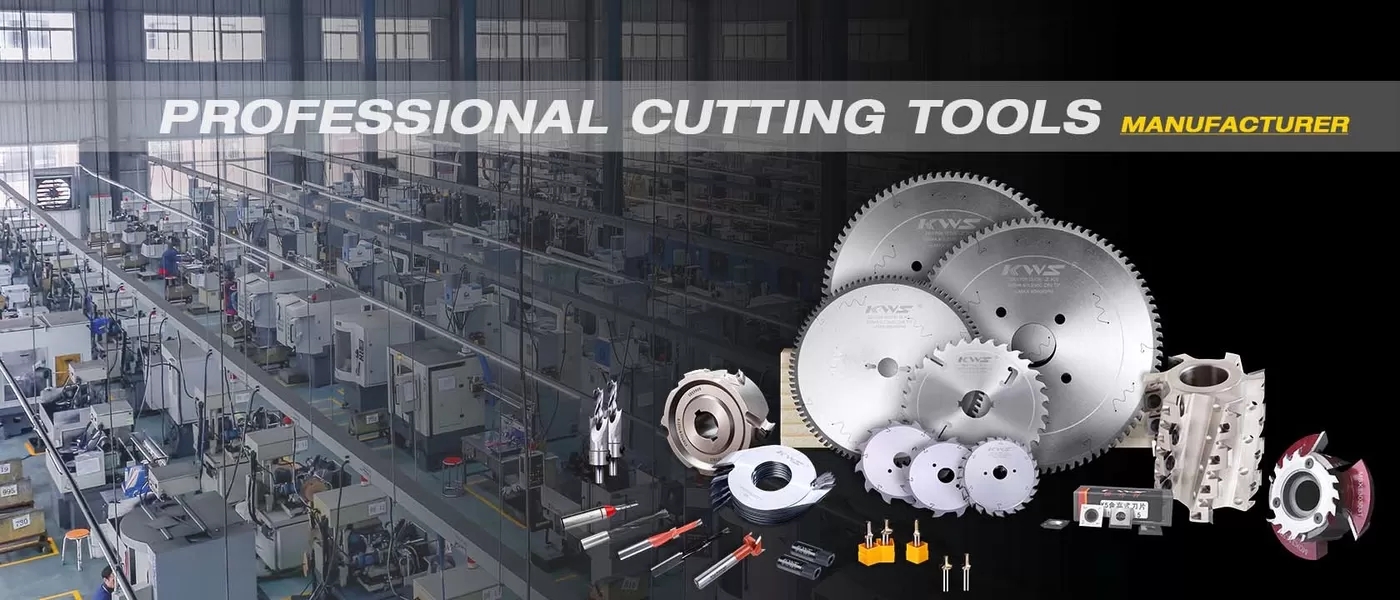
1.Rip-Cut Saw Blades:
*Designed specifically for making rip cuts along the grain of the wood.
*Typically have fewer teeth per inch (TPI) compared to other blades.
*Wider gullets between the teeth allow efficient removal of wood chips.
*Ideal for cutting boards and large sections of timber quickly.
2.Crosscut Saw Blades:
*Suitable for making crosscuts across the grain of the wood.
*Feature more teeth per inch (TPI) for smoother cuts.
*Teeth are typically angled or have alternate bevels to enhance cutting performance.
*Provide clean and precise cuts on smaller pieces of wood or when cutting across the grain.
3.Combination Saw Blades:
*Versatile blades that can handle both rip cuts and crosscuts.
*Offer a balanced number of teeth per inch (TPI) for general-purpose cutting.
*Suitable for projects that require both long rip cuts and accurate crosscuts.
*A convenient choice for those who don't want to switch blades frequently.
4.Plywood Saw Blades:
*Specifically designed for cutting plywood and other engineered wood products.
*Feature a high tooth count with fine, closely spaced teeth.
*Produce smooth, chip-free cuts on delicate surfaces.
*Prevent splintering or tear-out, ensuring clean edges on plywood and veneered materials.
5.Miter Saw Blades:
*Designed for use with miter saws or chop saws.
*Feature a large number of teeth for smooth and accurate crosscuts at various angles.
*Enable precise mitered cuts for frame-making, trim work, and crown molding.
*Available in different tooth configurations for specific applications.
Conclusion:
Choosing the right saw blade for cutting wood is essential for achieving clean, precise, and efficient results in your woodworking projects. By understanding the different types of saw blades available, such as rip-cut, crosscut, combination, plywood, and miter saw blades, you can select the most suitable blade for each task. Remember to consider the type of cut, the wood material, and the desired finish when making your blade selection. With the appropriate saw blade in hand, you'll be well-equipped to tackle any woodworking project with confidence and achieve professional-quality results.

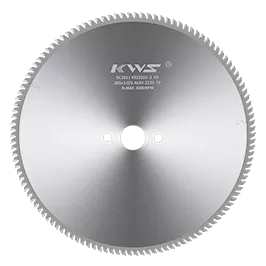 Saw Blade for Cutting Wood
Saw Blade for Cutting Wood
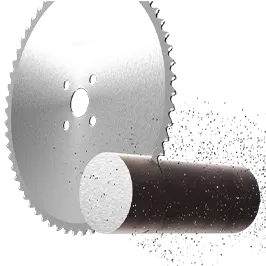 Cold Saw for Cutting Steel
Cold Saw for Cutting Steel
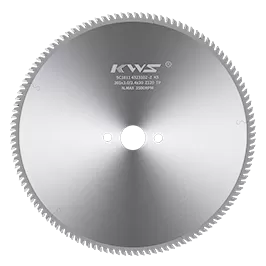 Saw Blade for Cutting Aluminum
Saw Blade for Cutting Aluminum
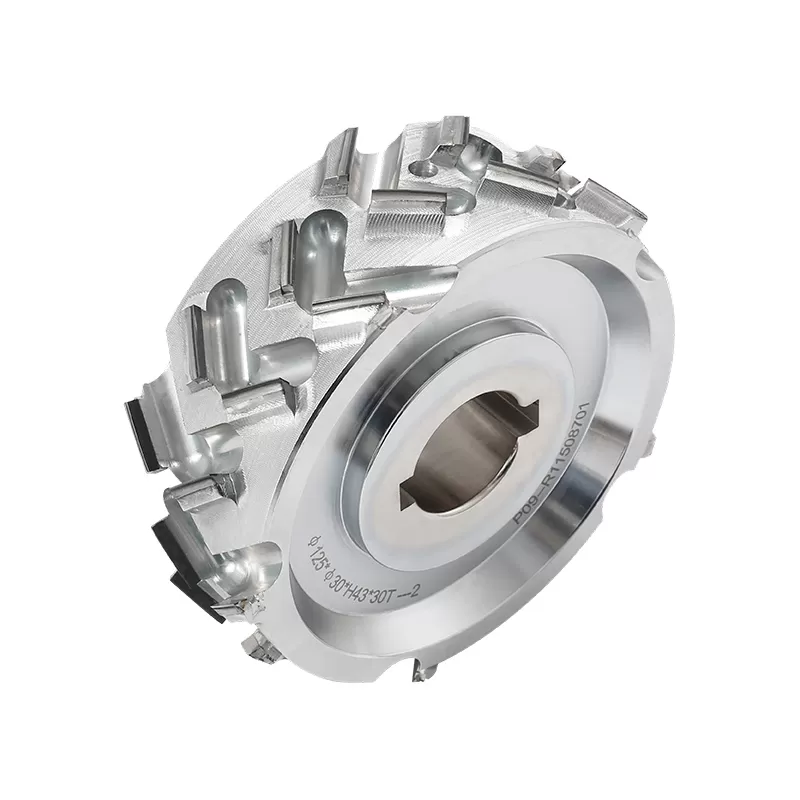 Pre-milling Cutter
Pre-milling Cutter
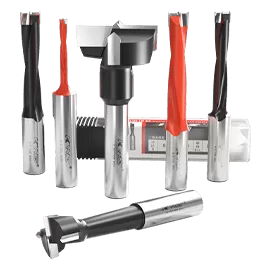 Drill Bit
Drill Bit
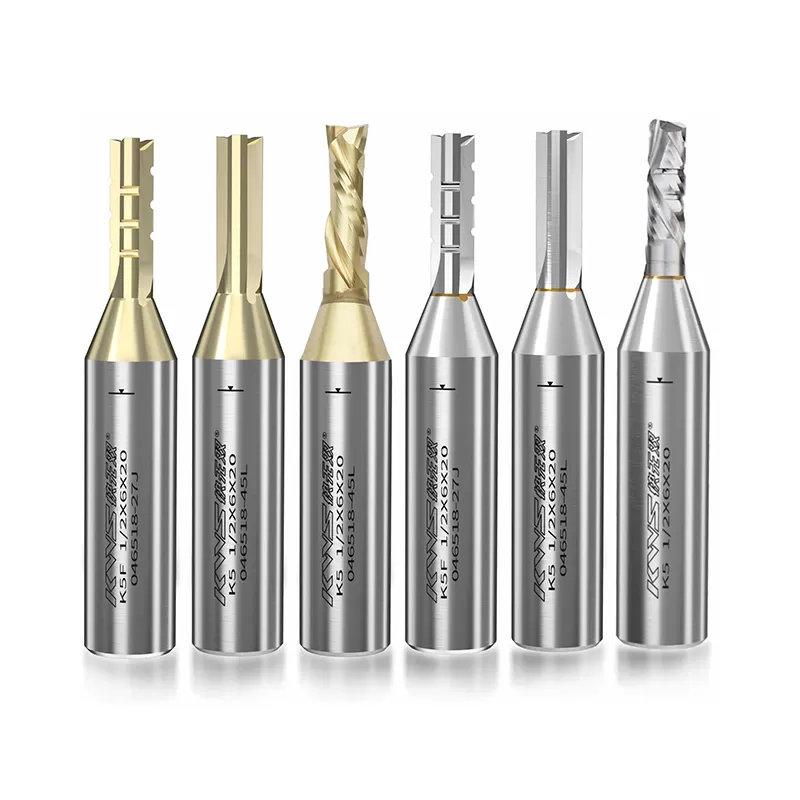 Router Bit
Router Bit
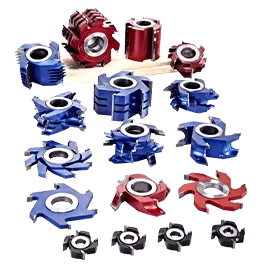 Profile Cutter
Profile Cutter
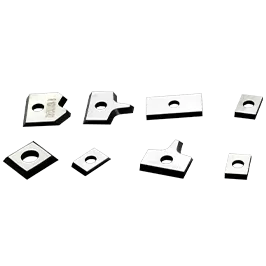 Planer Knives
Planer Knives
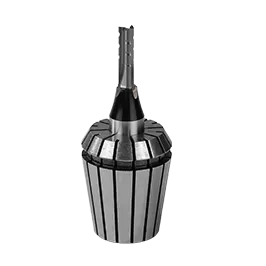 Collet Chuck Holder
Collet Chuck Holder
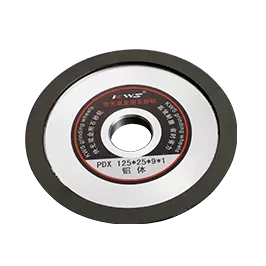 Grinding Wheel
Grinding Wheel
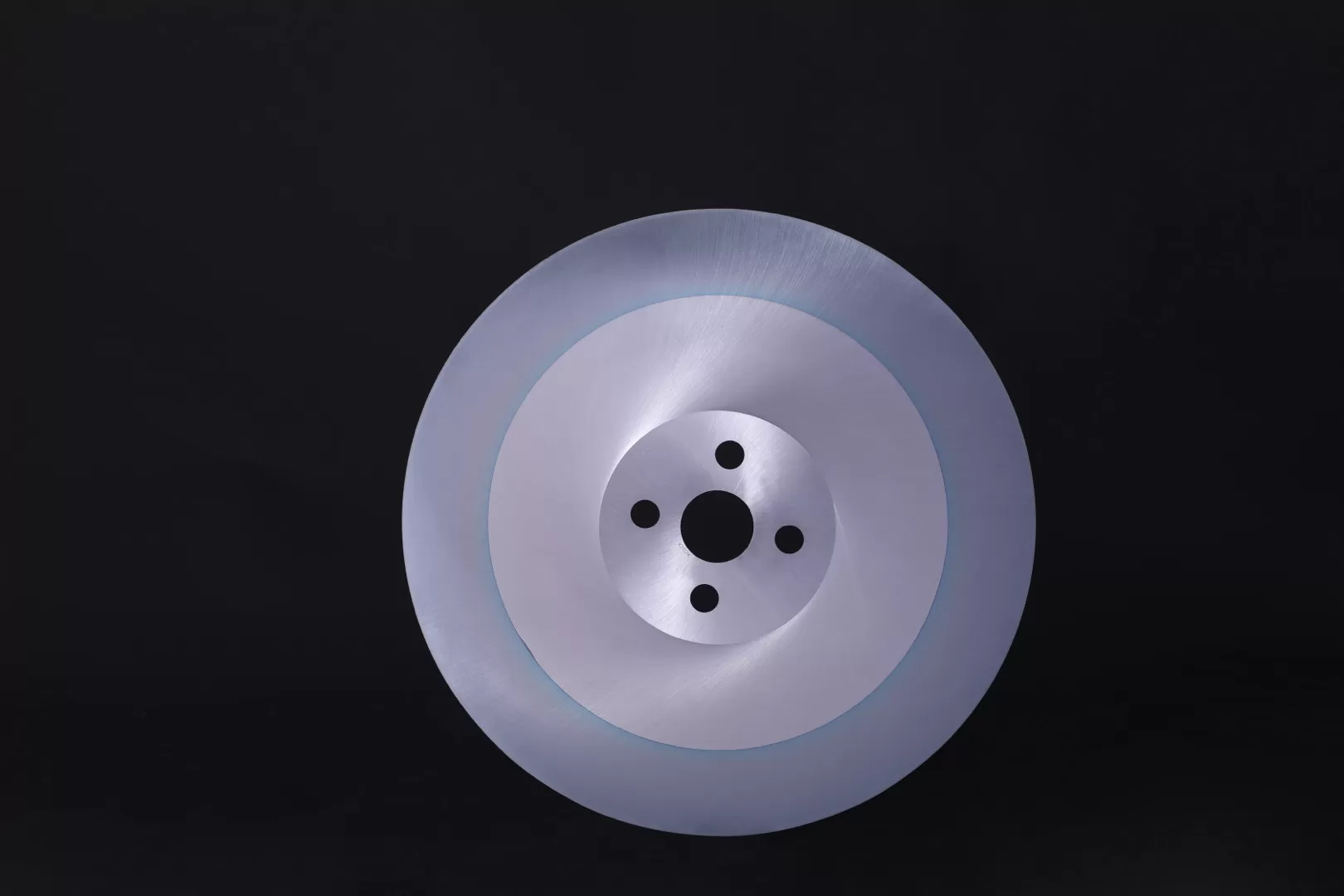 HSS Saw Blade
HSS Saw Blade
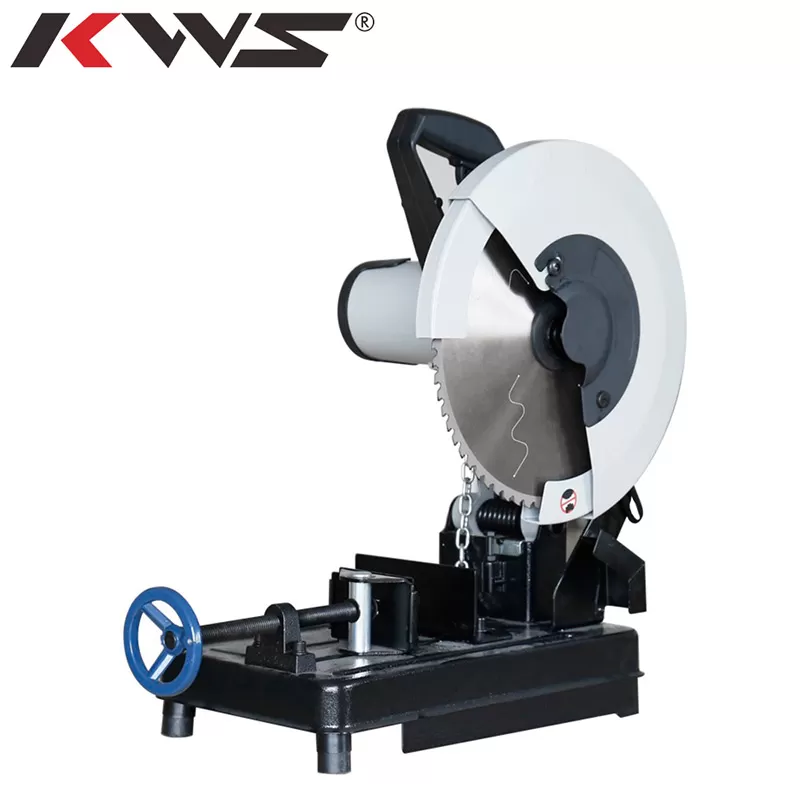 Chop Saw
Chop Saw















